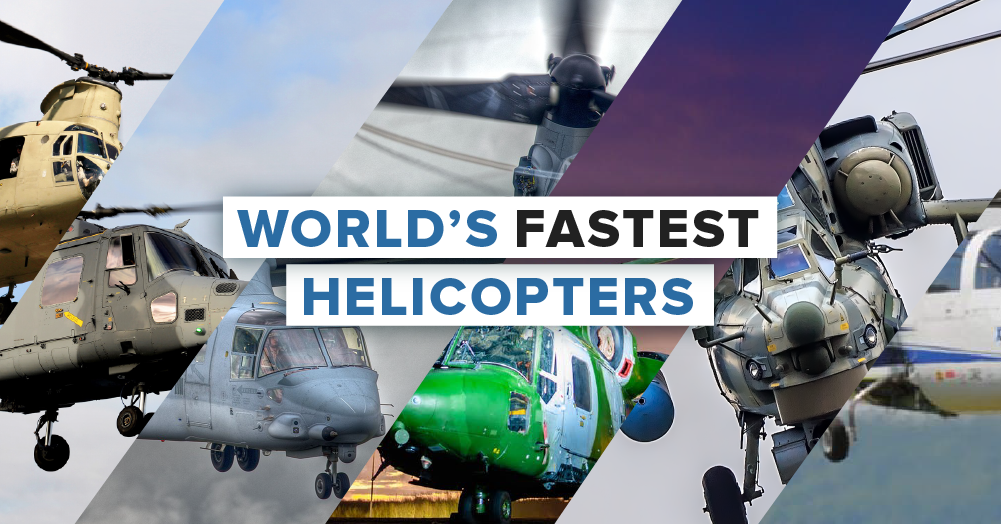
That's why groups like Bloodhound SSC are dreaming of a car that could break 1000 MPH. But even they can only push against flow separation so much.Ĭars have plenty of aerodynamic problems of their own, but no hard limit that hits them as fast as a flow separation boundary. With counter-rotating rotors, sometimes helicopters can go faster. The helicopter will run into what's known as flow separation boundary where it can no longer compensate for its unequal lift.

Sometimes this angle is changed by pilots, other times it occurs automatically through a part of the rotor known as a swash plate.Īs a swash plate increases a helicopter's angle of attack, it's lift increases. A helicopter takes 48 hours to cover twice the distance covered by aeroplane in 9 hours. In a moving helicopter, however, the speed of the blades relative to the air depends on the speed of the helicopter as well as on their rotational speed. What is the average velocity over one revolution. An aeroplane flies with an average speed of 756 km/hr. When the helicopter is hovering, the outer tips of the rotor travel at a speed determined by the length of the blade and the rotational speed. Arrivals were much more variable for ground transport, reflecting the fact that private ambulance services may have to travel some distance to reach the. That's because the blades change what's known as their angle of attack, how they face the win. What is the average speed of the blade tip in the helicopters frame of reference, in meters per second 2. Times at the referral hospital were on average longer for helicopter transport (31+/-11 minutes for air ambulance, 25+/-13 for ground P.008). Of course, helicopters don't spin wildly out of control every time they fly. Because it is going with the flow, the right side of the helicopter's blades generates more lift than its left. As the helo moves forward, the left side of its blades move away from the direction of travel and the right hand side moves towards it. It's this position, the one the helicopter needs to achieve forward motion in the first place, that dooms it to slower speeds.

To move forward, a pilot will then shift that lift into thrust by getting the helicopter to an angled position. Then, when it equals the weight of the helicopter it will begin to hover. Once the lift in a helicopter's blades is greater than the weight of the helicopter, it will begin to rise in the air. Real Engineering breaks down the physics of the race. But physics is a funny thing, and helicopters have some serious disadvantages over good old-fashioned cars in terms of pure speed. There's less friction, no road to overcome. In the grand contest between air and land, we tend to think flying has a speed advantage over driving.


 0 kommentar(er)
0 kommentar(er)
